Do you have a small home and don’t know how to make it beautiful, cozy, and functional?
We’ve said it other times: a small home is definitely more challenging to furnish, but not impossible.
Nowadays, especially with new constructions, encountering this type of housing is very likely!
Let’s see what to do in the case of a small home!
1 – PAY ATTENTION TO FURNITURE SELECTION
When dealing with a small home, one might think they should opt for tinier furniture and accessories.
While maintaining a certain proportion is paramount, to have a few slightly larger pieces than many smaller ones is better.
First and foremost, smaller pieces might not be as comfortable or functional.
Also, too many pieces can create visual clutter, making the space feel even smaller.
From a Feng Shui perspective, it’s important not to overcrowd the space to allow energy to flow freely.
If the room is too full, the energy may become stagnant.
In addition to size, consider the type of furniture as well: it’s better to opt for pieces with simple, minimalist lines to avoid weighing down the space.
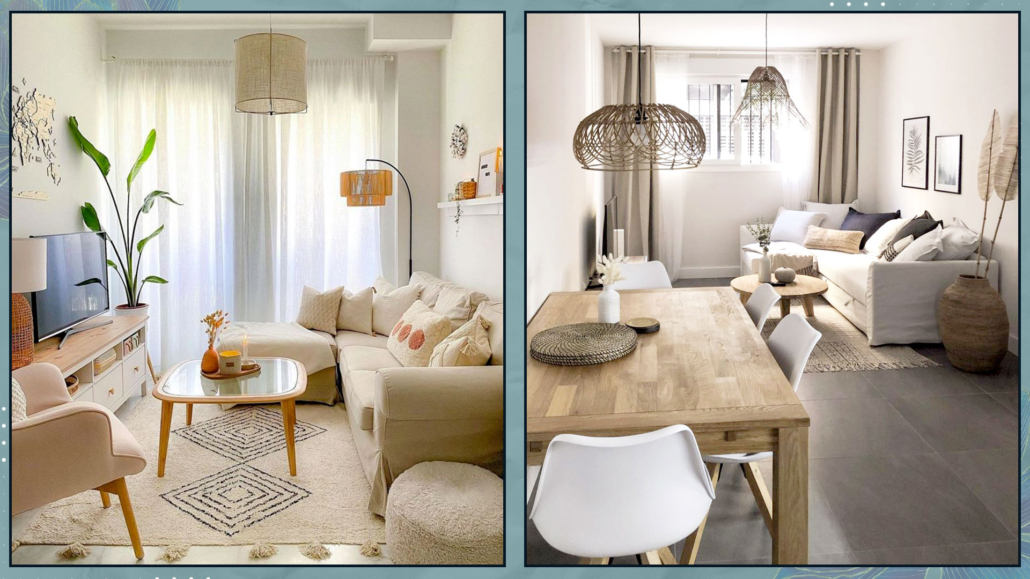
(credits: @elemorlovedecor_blog; @anabarcenasinteriorista)
As seen other times, it would also be ideal for furniture to have legs for being raised from the ground, creating the illusion of more space underneath and tricking the mind into perceiving greater spaciousness.
Additionally, like before, this allows for the flow of energy, making it an excellent choice from a Feng Shui perspective.
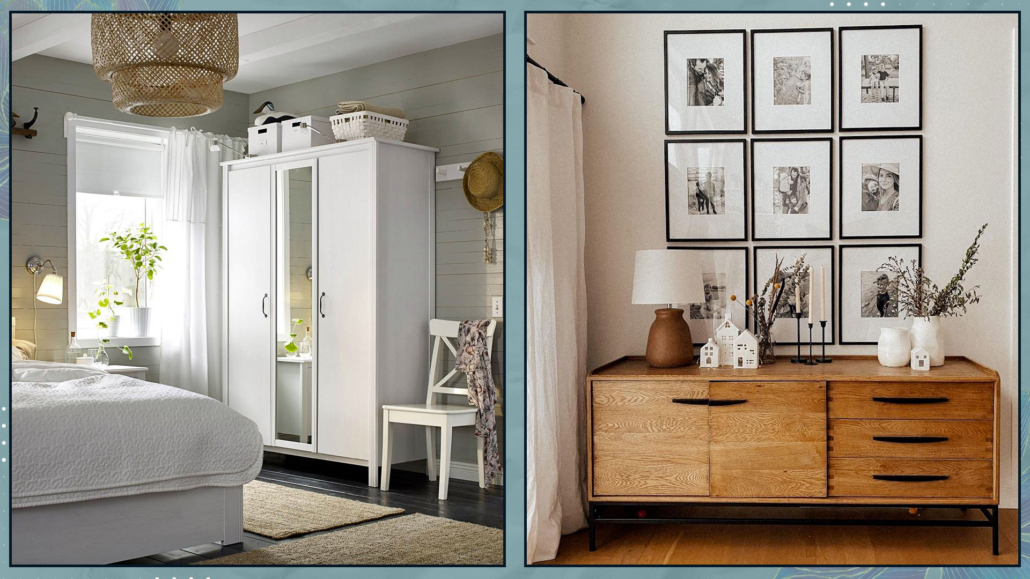
(credits: Ikea; theblushhome.com)
MULTIFUNCTIONAL AND TRANSFORMABLE FURNITURE
Very useful are also transformable or foldable furniture pieces, which you can open/enlarge or fold back depending on your needs!
There are many different types available on the market, and they can be quite aesthetically pleasing as well.
The same goes for multifunctional elements, such as storage ottomans/benches or chairs that you can use near the table or the sofa, depending on the occasion.
That allows for having fewer items that serve multiple functions!
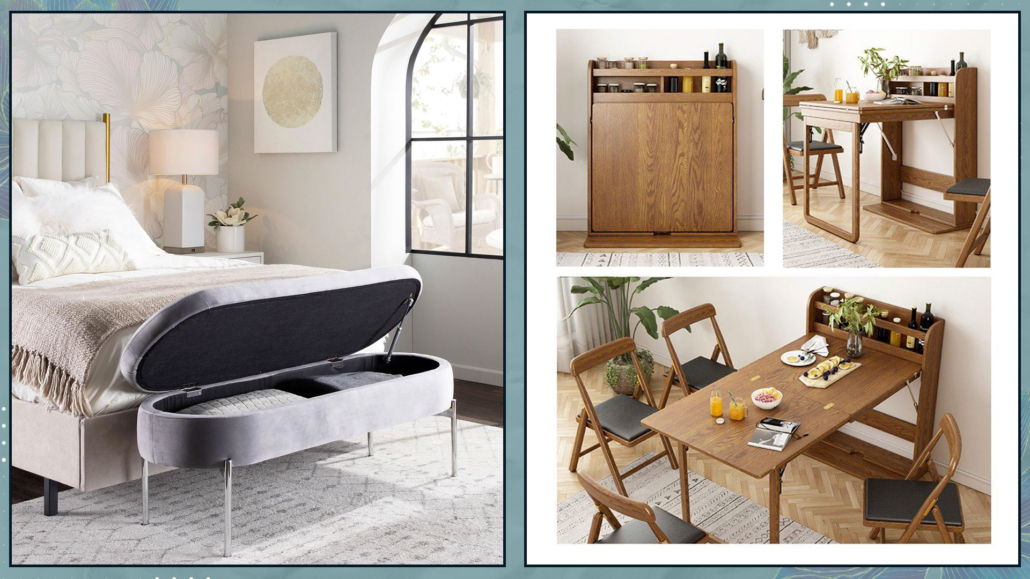
(credits: lumisource.com; goodideatrade.com)
For making the right choice, good initial planning is crucial, where you understand how you use spaces, giving more importance to areas that you use most frequently.
For instance, if you don’t always have guests for lunch or dinner, a small extendable table in the dining area might suffice, providing more breathing space for the living room!
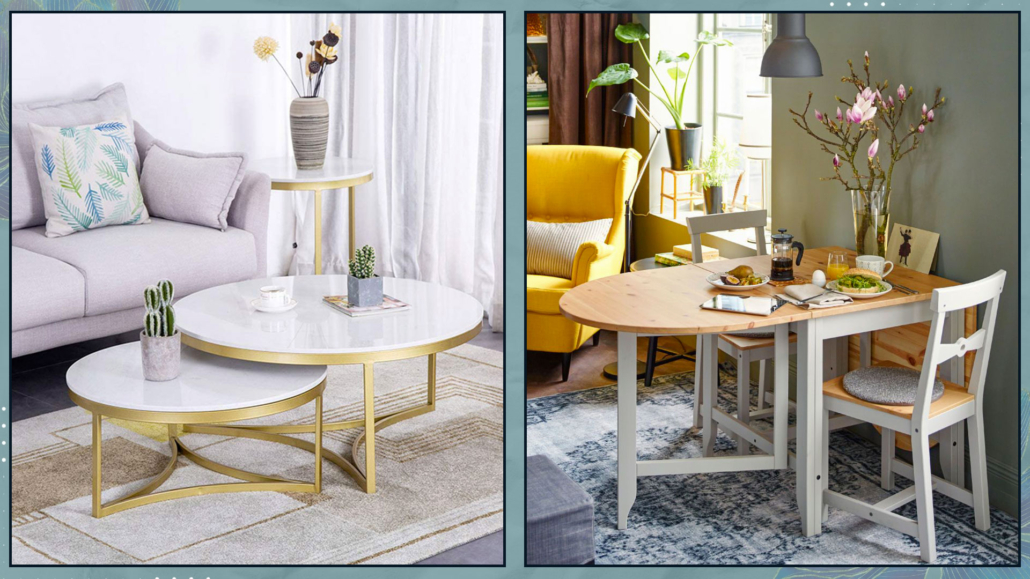
(credits: Amazon; Ikea)
2 – FOLLOW YOUR STYLE
When space is limited, it’s easy to feel intimidated, and when following advice (including the previous one) to opt for linear and essential furniture, there’s a risk of ending up with a result that doesn’t represent the home inhabitants.
If the house doesn’t reflect your style, it won’t be comfortable or functional, and you won’t feel at ease.
So, how do you express your style when having simple and linear furniture is essential?
Express your style through decorations!
“Less is more” is a must in small spaces, but “less” doesn’t mean lacking character!
Start with a minimal base, as mentioned before, for large furniture pieces, choosing items that can adapt to any style.
Then, express your personality with smaller accessories such as a unique chair, perhaps a designer piece, artwork, cushions, and so on.
By doing this, you’ll maintain airy spaces with character and personality – your own!
Moreover, this approach allows you to change things frequently without breaking the bank each time!
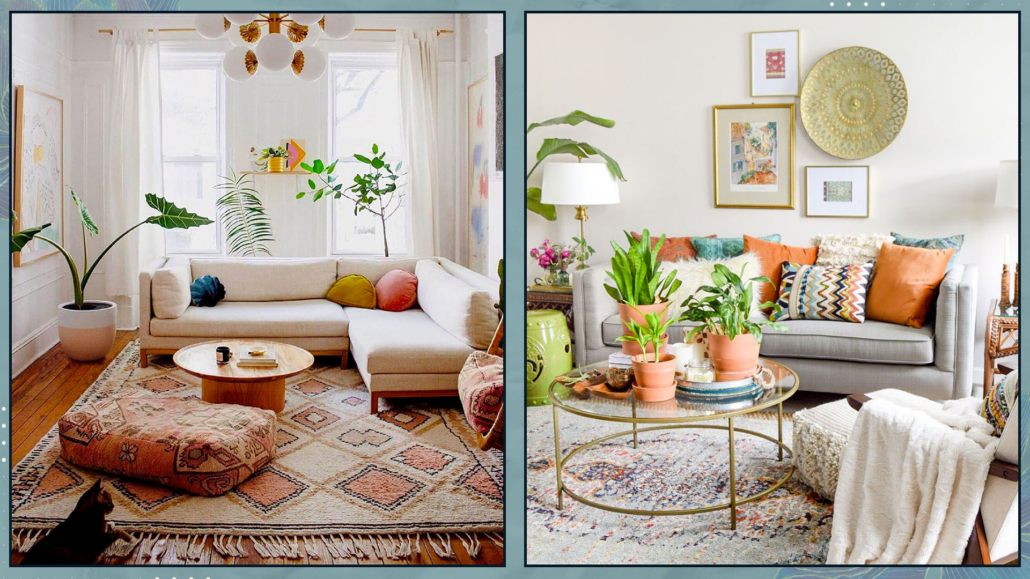
(credits: @reserve_home; flipboard.com)
3 – ORDER AND ORGANIZATION
We often talk about order for inviting and harmonious homes, but in small spaces, it’s vital to avoid visually constricting the area further!
Again, in this case, “less is more” is truly significant because it makes it easier to maintain a tidy home.
Having too many things scattered around isn’t ideal, even from a Feng Shui perspective, as it tends to stagnate energy rather than allow it to flow freely!
Tools for organizing drawers and closets can help maintain order.
There’s a wide variety available on the market, ranging in size and price to suit every need and budget!
Organizing drawers and closets effectively will allow for easy access to everything.
When items are practical to take out and put away, it’s much easier to maintain order!
Additionally, you can consider other storage elements such as benches, ottomans, or baskets, which not only serve a functional purpose but can also be decorative.
Among storage elements are still storage beds or beds with drawers, which are undoubtedly convenient but not recommended from a Feng Shui perspective due to the potential energy blockage.
If you want to utilize the space under the bed, it’s better to use boxes, perhaps with wheels, so you can move them around during cleaning and, thus, stir up the energy!
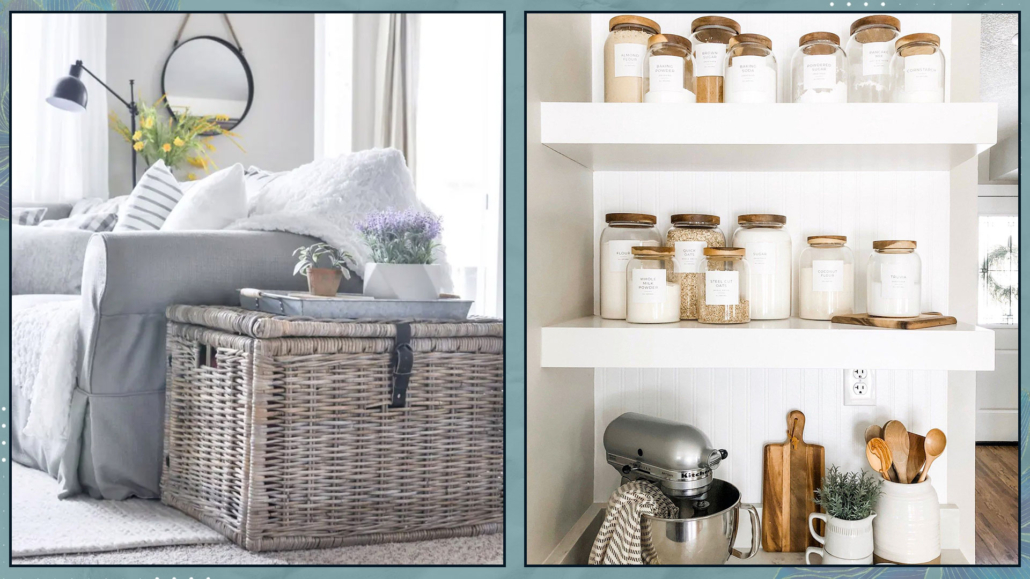
(credits: cherishedbliss.com; Etsy)
4 – MAXIMIZE BRIGHTNESS
In small spaces, it’s essential to have airy and bright environments.
Therefore, maximizing natural light is vital!
To achieve this, it’s important to keep windows and French doors clean and free from obstruction by plants, furniture, or curtains!
For privacy, use lightweight and filtering curtains.
If you prefer double curtains and want a thick and colorful one, use an extra-long rod so that, when it’s open, it doesn’t cover the window but only a part of the wall.
Pay attention to the color of the curtains, as they will tint the light filtering through and subsequently alter the perception of colors in the house!
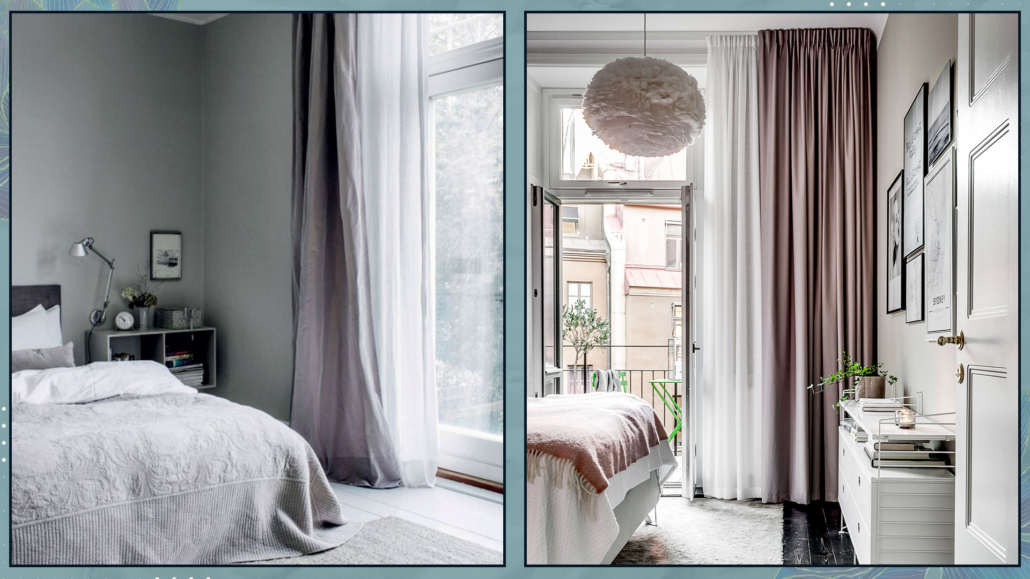
(credits: Cille Grut; inredningshjalpen.com)
If your home isn’t so bright, help duplicate the light with mirrors, glossy elements, and metallic items!
However, avoid overdoing shiny or metallic elements to prevent the environment from feeling too cold!
Strategically position mirrors; practically, placing them in front of windows maximizes reflected light because they capture more.
However, from a Feng Shui perspective, this “sends back” the entering energy, so it’s better to position them laterally to invite energy to enter!
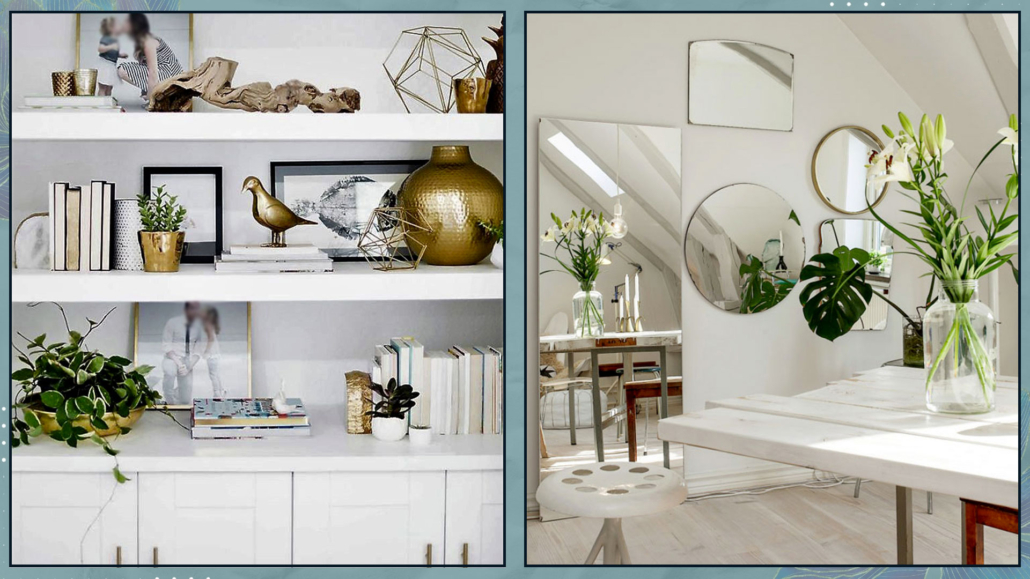
(credits: decoholic.org; Nordic design)
PAY ATTENTION TO COLORS TOO
Colors also play an important role in light reflection, and white is the ultimate reflective color.
From the live with color expert Claudia Piolatto (if you missed it, you can find it here), we understood that avoiding pure white is better because it can cause glare and tends to create somewhat sterile environments.
However, there are more than 150 shades of white, so you can absolutely find the most suitable one.
It’s not mandatory to totally eliminate colors!
For walls, choose light colors that aren’t too vivid and avoid strong contrasts (which visually shrink the space).
Feel free to use stronger colors in accessories and objects to add rhythm and character.
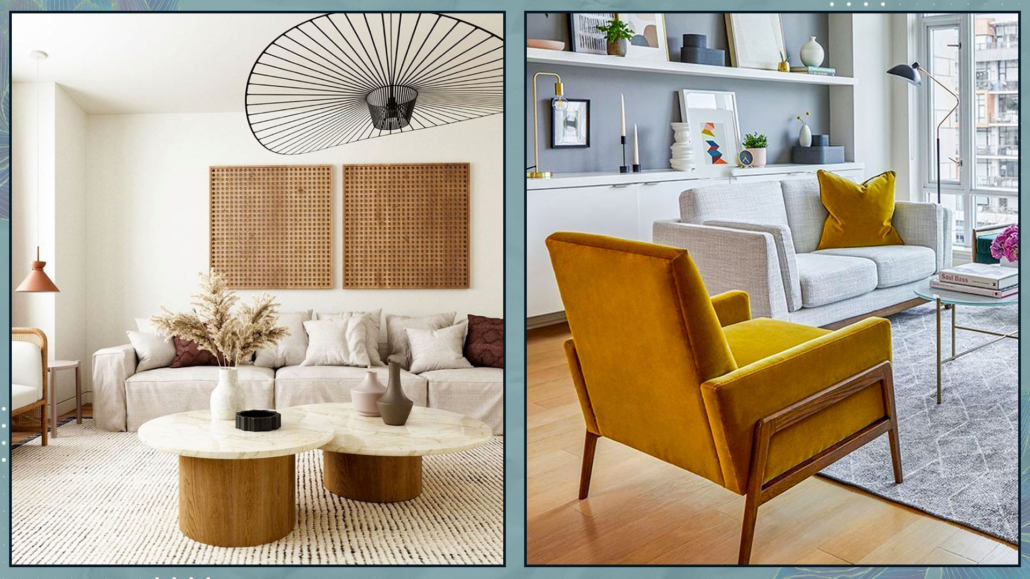
(credits: @anthology_creative_studio; article.com)
N.B. The bedroom could be an exception to light colors, and here’s why.
Dark colors create a cozy, intimate environment akin to a warm embrace, which is particularly important in the bedroom!
So, if you like them, feel free to use them!
Since the bedroom is primarily for resting and sleeping, prioritizing brightness at all costs can be overlooked.
However, I still advise maintaining consistency with the colors, perhaps opting for richer versions or toning them down with gray or black in the case of very vibrant colors.
That will maintain a sense of harmony throughout the space!
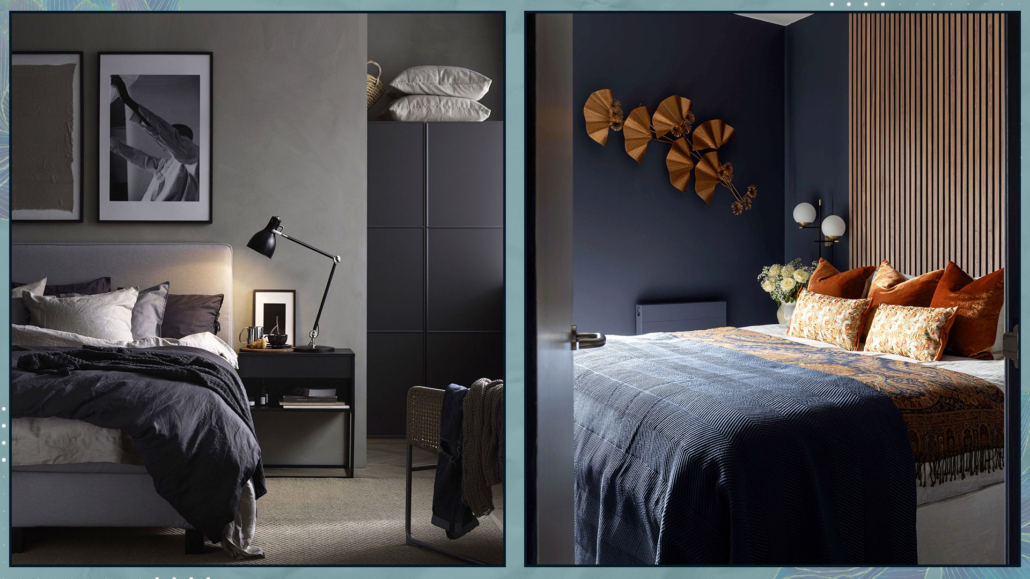
(credits: Pella Hedeby; Studio Enass)
I hope this article has been helpful and enjoyable for you. If so, let me know in the comments!
Feel free to share it with anyone you think might be interested, I would be honored, and it will help me gain more exposure.
If you feel that your home, or any specific area of it, doesn’t reflect your personality enough, don’t wait any longer and book your consultancy!
This post is also available in: Italian

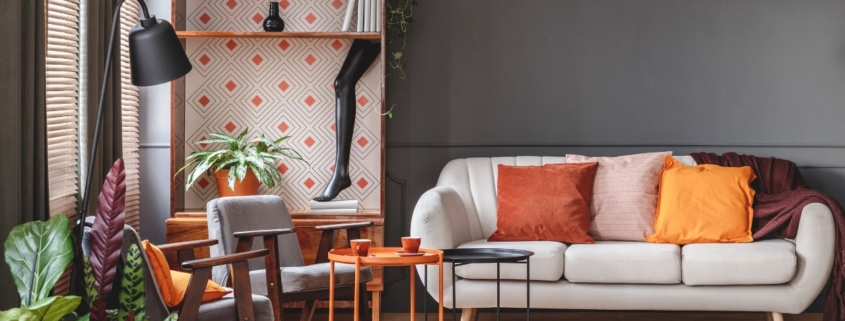
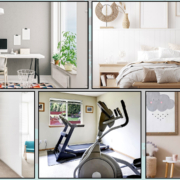
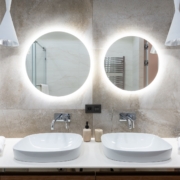
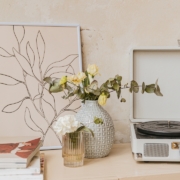
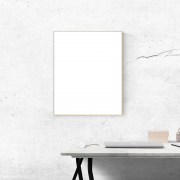

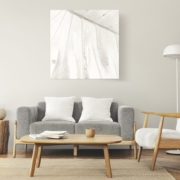


Leave a Reply
Want to join the discussion?Feel free to contribute!